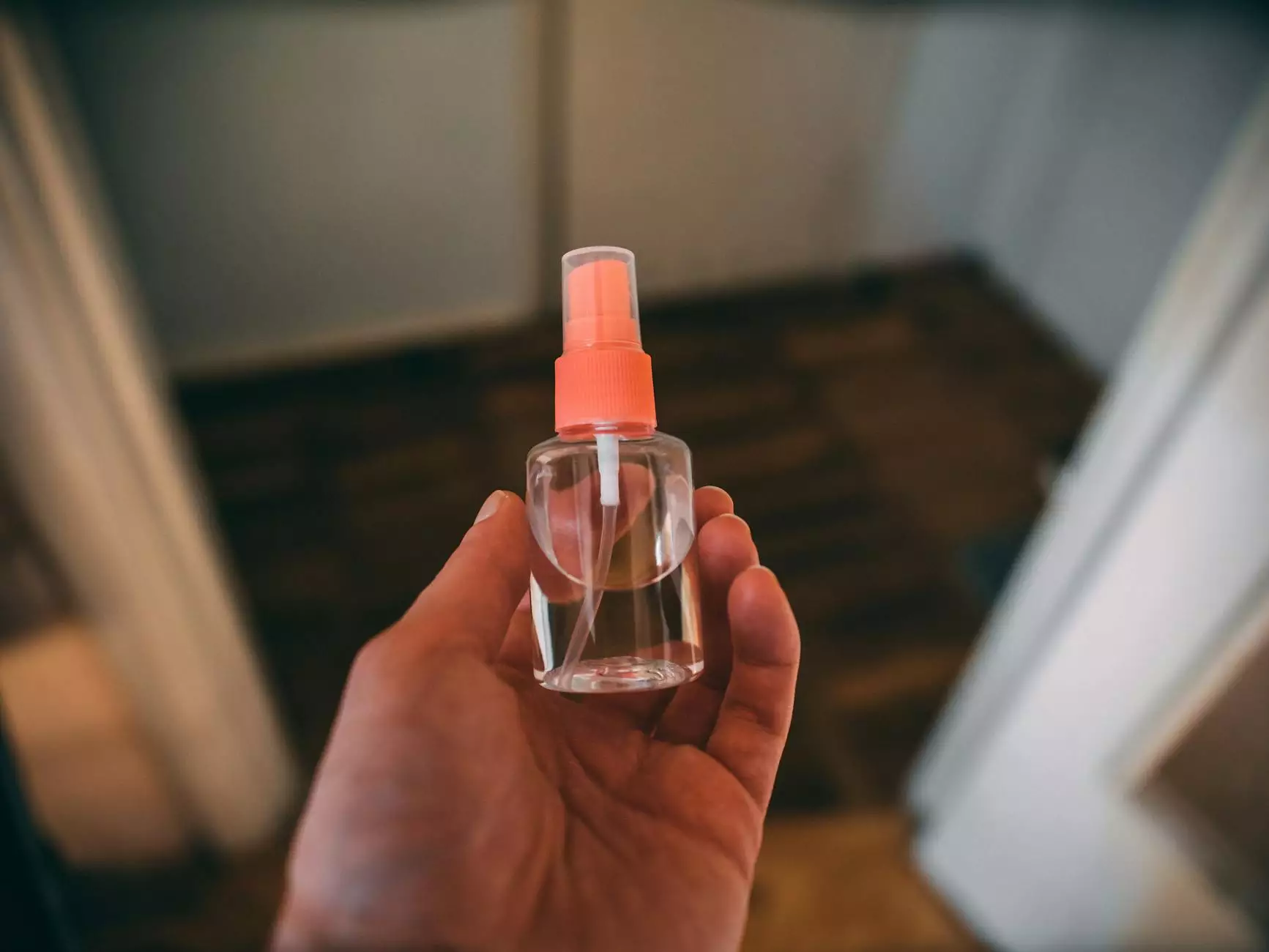The Stages of Frozen Shoulder: A Comprehensive Guide

Frozen shoulder, medically known as adhesive capsulitis, is a condition characterized by stiffness, pain, and restricted range of motion in the shoulder. Understanding the stages of frozen shoulder is crucial for effective management and treatment. This article delves deep into the intricacies of this condition, discussing its stages, symptoms, treatment options, and preventive measures.
What is Frozen Shoulder?
Frozen shoulder occurs when the capsule surrounding the shoulder joint thickens and tightens, restricting movement. It typically develops gradually and can last from months to years. The exact cause remains unknown, but it often occurs after an injury or surgery that limits shoulder movement.
Stages of Frozen Shoulder
The progression of frozen shoulder is generally categorized into three primary stages. Understanding these stages can empower patients to seek appropriate treatment at the right time.
1. Freezing Stage
During the freezing stage, individuals experience a gradual onset of pain and stiffness. This stage may last from six weeks to nine months. Symptoms include:
- Severe pain: The pain typically worsens at night and can be debilitating, impacting sleep patterns.
- Decreased range of motion: Moving the shoulder becomes increasingly difficult, affecting daily activities.
- Inflammation: The shoulder may feel warm and tender to touch.
It is vital to recognize these symptoms early on, as prompt medical intervention can significantly alter the progression of the condition.
2. Frozen Stage
The frozen stage is marked by a peak in shoulder stiffness, which can last anywhere from four to six months. During this phase, the pain may decrease, but the restriction of movement becomes more pronounced. Symptoms include:
- Stiffness: Movement may be severely limited in all directions, leading to compensation in other areas, causing further pain or injury.
- Difficulty with routine activities: Tasks such as dressing, reaching for objects, or even lifting the arm become increasingly challenging.
Although the pain may subside, it is during this phase that many individuals seek professional help to manage their limitations effectively.
3. Thawing Stage
The thawing stage is the final phase, where individuals begin to regain motion and function in the shoulder. This stage may last from six months to two years. Symptoms include:
- Improvement in range of motion: Gradual return of shoulder mobility allows for more daily activities to be performed without discomfort.
- Decreased pain: Most individuals experience a significant reduction in pain.
- Ongoing rehabilitation: Continued stretching and strengthening exercises are crucial to fully regain function.
This stage emphasizes the importance of a tailored rehabilitation plan aimed at restoring full shoulder function.
Treatment Options for Each Stage
Understanding the specific treatment options available during each stage of frozen shoulder is essential for effective recovery.
Freezing Stage Treatments
During the freezing stage, the focus is primarily on pain management and gentle movement. Recommended treatments include:
- Physical Therapy: A licensed therapist can guide gentle stretching and range-of-motion exercises.
- Medications: Over-the-counter non-steroidal anti-inflammatory drugs (NSAIDs) like ibuprofen can help alleviate pain.
- Heat and Ice Therapy: Alternating heat and ice packs can reduce pain and inflammation.
Frozen Stage Treatments
In the frozen stage, maintaining movement lessens the risk of long-term disability. Recommended treatments include:
- Physical Therapy: Continued emphasis on progressive stretching and resistance exercises.
- Corticosteroid Injections: A healthcare provider may recommend injections directly into the shoulder joint to reduce inflammation.
- Hydrodilatation: A procedure where a saline solution is injected into the shoulder joint to stretch out the capsule.
Thawing Stage Treatments
In the thawing stage, the key focus is on rehabilitation and restoring full function. Recommended treatments include:
- Continued Physical Therapy: Emphasis on strengthening exercises to prevent recurrence and enhance stability.
- Home Exercise Programs: Patients are encouraged to perform specific exercises at home to maintain progress.
- Professional Supervision: Regular check-ins with physical therapists help monitor progress and adjust exercise regimens appropriately.
Preventative Measures: Minimizing the Risk of Frozen Shoulder
While frozen shoulder can be challenging to predict or prevent, certain measures may reduce the risk of developing the condition:
- Stay Active: Regular exercise can help maintain joint mobility and overall shoulder health.
- Injury Management: Promptly addressing shoulder injuries can help minimize risk factors.
- Post-Surgical Care: Following proper rehabilitation post-surgery can reduce the likelihood of developing frozen shoulder.
Living with Frozen Shoulder
Living with frozen shoulder can be frustrating and challenging. However, understanding the stages of frozen shoulder can greatly aid in managing the condition. Here are some tips on coping:
- Stay Informed: Educate yourself about frozen shoulder to make informed choices about your treatment options.
- Practice Self-Care: Incorporate gentle exercises, rest, and nutrition into your daily routine to support your recovery.
- Seek Support: Joining support groups or talking to others who have experienced frozen shoulder can provide emotional relief and valuable insights.
Conclusion
Understanding the stages of frozen shoulder equips individuals with the knowledge to address this condition effectively. Through early recognition of symptoms, appropriate treatment options, and preventive measures, it is possible to manage frozen shoulder efficiently. Remember, recovery takes time, and patience is key. Engage with healthcare professionals, follow prescribed rehabilitation protocols, and maintain an active and informed lifestyle to navigate through this challenging condition successfully.
For more information on frozen shoulder and treatment options, visit IAOM’s official website.









